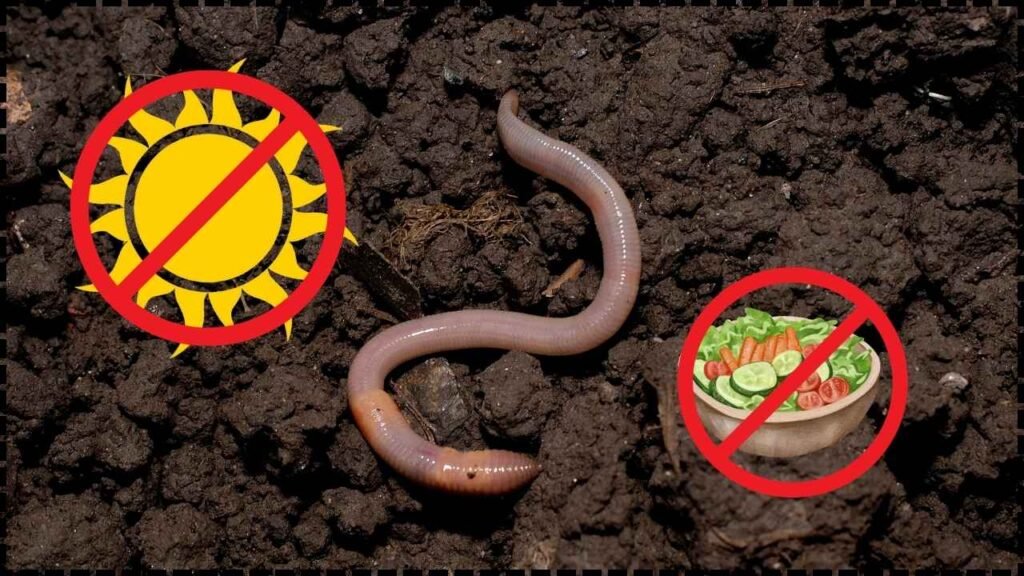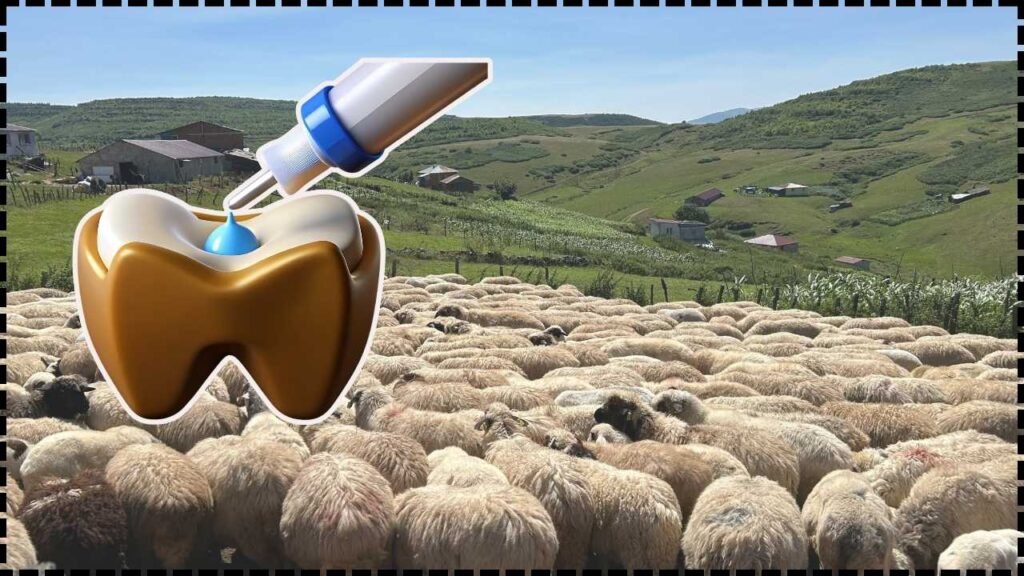
Sheep Wool Compound Shown to Regrow Teeth and Reverse Cavities: If you hate going to the dentist and sigh every time you hear “you’ve got a cavity,” here’s some seriously good news! Scientists have discovered that a natural protein from sheep wool could regrow tooth enamel and actually reverse early tooth decay. That means fewer painful fillings and a chance for our teeth to repair themselves in a way that’s more natural, safer, and possibly cheaper. This breakthrough could change how we take care of our pearly whites and keep cavities at bay. Let’s break this down plain and simple, yet with enough detail to trust what’s going on. This article will give you the scoop on what this sheep wool compound is about, why it’s a big deal for dental health, and how it might soon be available in toothpastes or treatments near you.
Sheep Wool Compound Shown to Regrow Teeth and Reverse Cavities
This exciting research on keratin from sheep wool represents a breakthrough in dental care: a natural, eco-friendly, and effective way to repair tooth enamel and fight cavities. By turning biological waste into a powerful dental treatment, scientists have opened the door to fewer fillings, less dental pain, and healthier, stronger teeth for billions worldwide. While it won’t replace all dental treatments, keratin enamel repair could become a staple in daily oral care within a few years. Keep your smile bright and get ready for this game-changing innovation!
| Topic | Details |
|---|---|
| Protein used | Keratin, extracted from sheep wool |
| Functionality | Forms an enamel-like, mineral coating on teeth protecting against cavities |
| Stage of research | Promising lab results; clinical trials expected in 2-3 years |
| Advantages | Natural looking, durable, eco-friendly, less toxic than synthetic resins |
| Potential applications | Toothpaste, dental gels, varnishes for repair and prevention |
| Global impact | Could benefit billions, especially where dental care access is limited |
| Official research source | King’s College London, published in Advanced Healthcare Materials (2025) |
| Link to official research | King’s College London Dental Research |
Why This Matters: The Problem With Tooth Enamel and Cavities
Tooth enamel is the hardest stuff in your body. It’s the shiny, hard shield covering your teeth that protects them from wear, tear, and acids from food and drinks. But here’s the catch: once enamel is chipped or worn away, it doesn’t grow back naturally. That’s why cavities happen when the enamel breaks down, letting bacteria sneak in and cause decay. According to the World Health Organization, untreated tooth decay affects around 2 billion people worldwide—that’s nearly a third of the global population—leading to pain, infections, and sometimes tooth loss.
Traditional treatments often involve removing the decayed part and filling the hole with plastic or metal. While these work, they don’t actually restore the enamel itself, and the materials can wear down or discolor over time. Plus, these synthetic resins aren’t perfect matches for the natural tooth. Wouldn’t it be great if teeth could just heal themselves like skin does after a scratch?
What Exactly is This Sheep Wool Compound?
The magic ingredient is keratin, a strong structural protein found in hair, nails, skin, and yes, sheep wool. Researchers at King’s College London discovered that when keratin is extracted and applied to teeth, it acts like a scaffold. This scaffold attracts minerals naturally found in your saliva—such as calcium and phosphate—and these minerals crystallize, forming a protective layer that mimics your tooth’s original enamel.
Unlike traditional fillings made from plastic resins (which can be toxic, less durable, and unnatural in appearance), keratin-based treatments produce a layer that looks and acts like your real enamel. Over time, this natural coating strengthens and shields the tooth, even sealing nerve endings that can cause sensitivity and pain.
The Science Behind Sheep Wool Compound Shown to Regrow Teeth and Reverse Cavities: Biomimetic Mineralization
Scientists call this process “biomimetic mineralization.” What does that mean? It means the keratin coating mimics how your body naturally builds tooth enamel—even though enamel itself doesn’t regenerate naturally after it’s lost.
In lab tests featured in the journal Advanced Healthcare Materials, the keratin film formed a strong, crystal-like structure over tooth surfaces that continued to attract calcium and phosphate ions from saliva. This led to a continual formation of an enamel-like layer over weeks, effectively rebuilding a protective coating where enamel was worn or missing.
This keratin layer was also shown to be five to six times harder than conventional resin fillings used today, meaning it’s tougher and more resistant to wear. Plus, it’s naturally sourced and biodegradable.
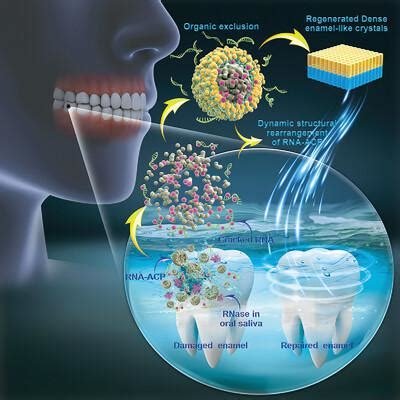
How Does It Work? A Simple Step-by-Step Guide
Step 1: Extracting Keratin
Scientists take sheep wool, which is often a waste by-product of the wool industry, and carefully extract keratin protein using eco-friendly methods. This makes the process sustainable, turning waste material into a useful health product.
Step 2: Applying the Keratin Coating
This keratin is then processed into a gel or toothpaste-like substance and applied to the damaged tooth surface. In a dental clinic, it could be professionally applied as a varnish, or in the future, you might use it daily just like regular toothpaste.
Step 3: Mineral Attraction and Enamel Formation
Once on the tooth, the keratin scaffold interacts with minerals in saliva, attracting calcium and phosphate ions. These ions begin to crystallize, rebuilding a tough, organized enamel-like layer over the tooth.
Step 4: Strengthening and Long-Term Protection
This new enamel-like coating grows stronger and thicker with continued mineral attraction. It protects teeth from acid erosion, restores sensitivity by sealing nerve endings, and defends against cavities.
Why Is This a Game-Changer?
- Natural and Safe: Keratin is a protein naturally found in our body, making it non-toxic and biocompatible.
- Eco-Friendly: Using wool and hair waste aligns with sustainability efforts, reducing reliance on plastic-based dental products.
- Stronger Protection: Tests show the keratin coat is harder and more durable than standard resin fillings.
- Better Appearance: The coating closely matches the natural tooth color, avoiding the artificial look of plastic fillings.
- Lower Costs: Wool is cheap and abundant, so treatments could be affordable for many, including underserved populations.
- Sensitivity Relief: By sealing exposed nerves in the dentin, this treatment can reduce painful tooth sensitivity.
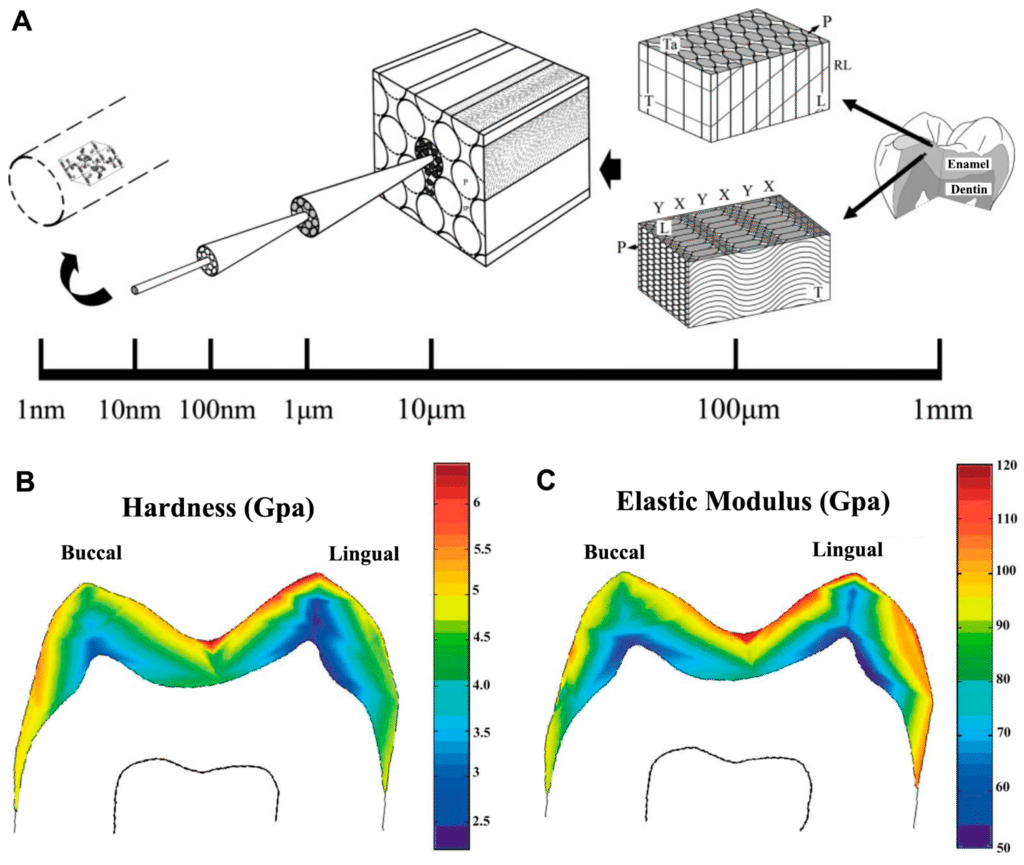
How Does This Compare to Other Dental Innovations?
There are other exciting advances out there, from fluoride boosters to stem cell therapies aimed at regenerating entire teeth structures. But many of these are complicated, expensive, and years from clinical use. In contrast, keratin-based enamel repair is relatively straightforward and can be integrated into everyday dental care with toothpaste or gels. This makes it accessible, practical, and scalable much sooner.
Real-World Impact: What This Means for Everyday People and Professionals
For parents, this could mean fewer cavity drills and less anxiety for kids during dental visits. For adults, a chance to avoid costly fillings and sensitivity issues without invasive dental procedures.
For dental professionals, keratin treatments offer a non-toxic, biologically inspired tool to restore enamel without drilling, making treatments less painful and potentially reducing the need for complex restorations. It could reshape preventive and restorative dentistry, focusing on helping teeth heal themselves.
What This Research Does NOT Mean?
To keep it real, this isn’t a magic wand. The keratin treatment can repair and protect enamel but doesn’t regrow full teeth or fix deep cavities affecting tooth pulp. For advanced decay or trauma, conventional dental work will still be necessary.
Also, this isn’t a substitute for good oral hygiene. Brushing, flossing, and regular dental visits remain essential to maintain healthy teeth.
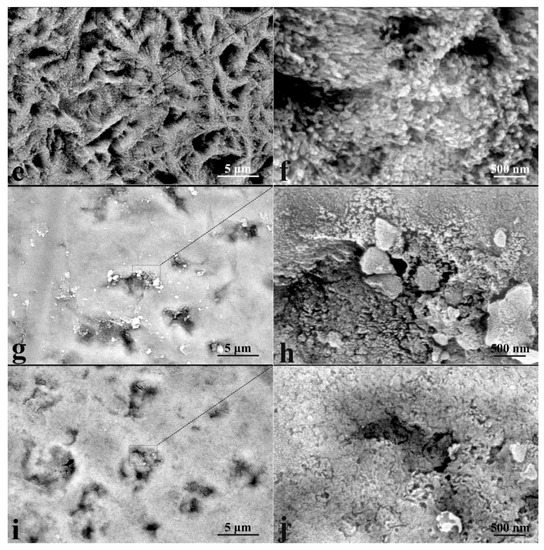
When Can We Expect Keratin Dental Products?
Pending clinical trials and regulatory approvals, keratin-based toothpaste or dental gels could hit the market within two to three years. Researchers are working on formulation details, taste, safety, and dosing to make sure these products are effective and consumer-friendly. Experts are optimistic this will launch a new era of dental care that’s natural, effective, and accessible worldwide.
Practical Advice: Teeth Care While Waiting for Keratin Products
- Brush twice daily with fluoride toothpaste to protect enamel.
- Floss regularly to remove plaque and food particles.
- Limit sugary and acidic foods/drinks that wear down enamel.
- Stay hydrated to maintain saliva flow which aids enamel repair.
- Visit your dentist consistently for checkups and cleanings.
These habits keep your enamel as strong as possible, so when keratin products arrive, your teeth will be ready to benefit fully.
Sheep Wool Might Just Be the End of Cavities; Scientists Stunned by Tooth Regeneration Discovery
12,800 Years Ago, a Comet May Have Triggered Global Climate Chaos; and Erased the Clovis People



